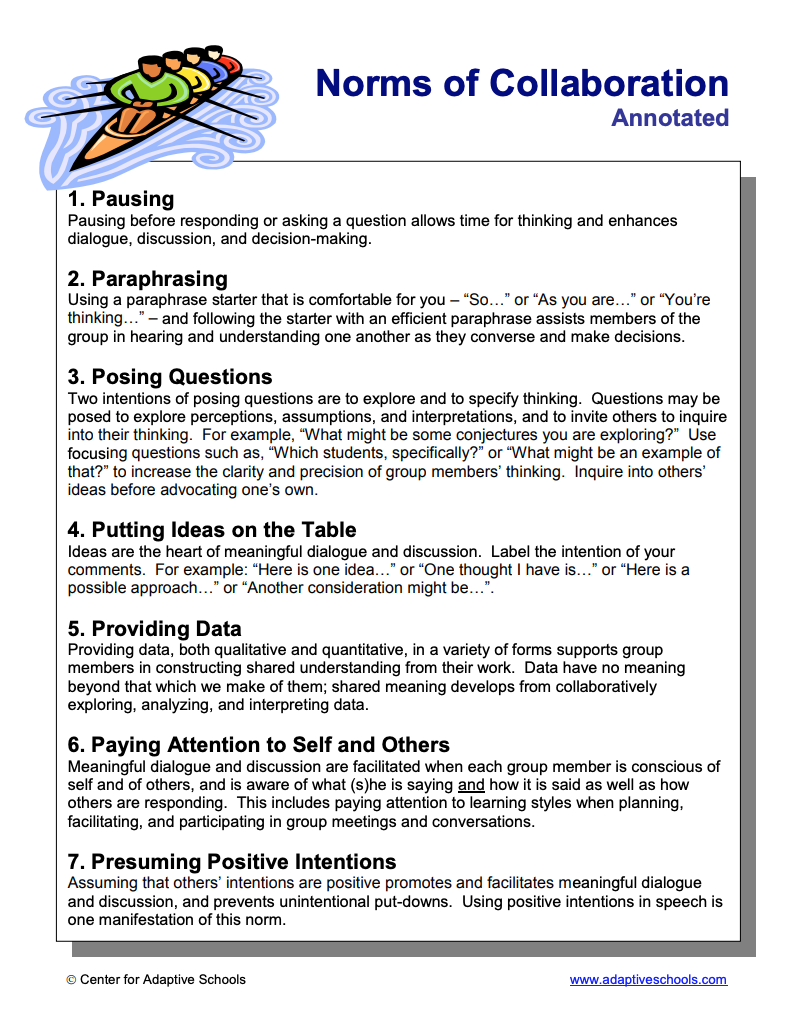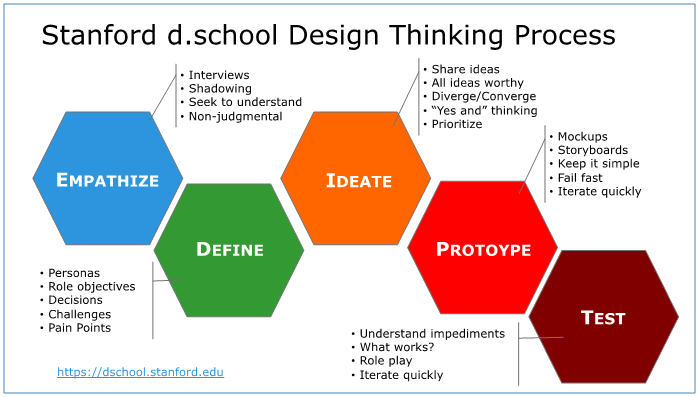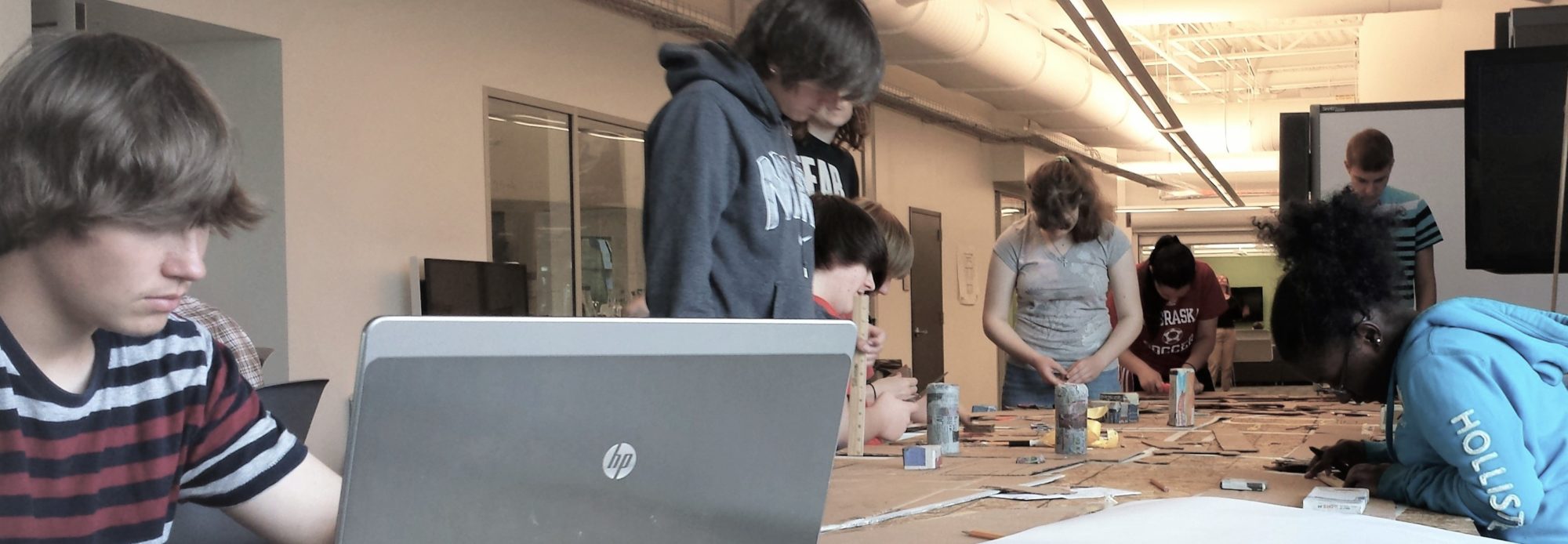
So you’ve gotten to know your students and created “perfect” groups based on my grouping post. Since we know that there will be team struggles along the way, how do we equip students to handle them? What strategies should we use to teach, practice, and assess collaboration? Here are ten ways to teach collaboration to your students.
1. Be intentional about your grouping strategies.
First rule for teachers is to know their students. Use this knowledge to create teams that will be effective working together. For specific strategies see my post on grouping.
2. Create group contracts.
Students will not “naturally” work together without structure. Group contracts provide a way for students to safely negotiate how they will function before beginning the actual work. Consider using talking circles to have students make their contracts more personal. Check out my detailed post for more ideas on how to make effective group contracts.
3. Assign group roles by SEL competencies
Instead of assigning students to be a leader, timekeeper, researcher, or supplier, make the roles a more significant part of the project process. Assign students to take on the role of Self-Management, Social Awareness, Relationship Skills, or Responsible Decision Making for their group. Give them descriptions of their competency and build in goals, tasks, and reflection questions based on their role. Not only will this help student groups be more productive, it directly teaches Social and Emotional Skills.

4. Check In / Check out
At the beginning of class, ask students to focus on one item from a class social contract or other agreement such as the 7 Norms of Collaboration from Adaptive Schools. For example, “I would like everyone to focus on #2 Paraphrasing by rephrasing what someone else says before responding with your own thoughts.”
At the end of class, students reflect on how they did paraphrasing and respond with a thumbs up or down, fist to five, exit ticket, or turn and talk. Mix it up on different days. Making this short reflection a daily practice will build the collaborative culture in your class.

5. Critique a Video
Watch a clip of the Penguins of Madagascar or Big Bang Theory with a collaboration rubric and evaluate the characters’ level of collaboration. This is an excellent way to introduce a collaboration rubric and actually get kids to read and reflect on it! Assign different students specific characters to analyze or have them consider the group collaboration as a whole.
6. Use Protocols
Collaboration works when there are structures in place. Try using the Design Thinking Process from the Stanford d.school to help students develop problem solving techniques together. Kagan Strategies provide daily structure to cooperative classroom activities. SIOP strategies are effective for all students, not just English Learners and many build collaboration.

7. Fun Videos
Watch a fun video like the Rube Goldberg one below (or Bottle Boys, Airport Flashmob, or Star Wars) that demonstrate a task that requires teamwork. Afterwards, use the CASEL framework to talk about which skills were required to create the video. Use this as a talking point later with students. When a group is struggling remind them, “Remember how OK Go had to work together to plan out all of the details of their video? I think you all, need to work together right now to figure out….”
8. Team building activities
Try the one word story, marshmallow challenge, or chopstick challenge. Any team building activity works. The important part is the debriefing, just like the fun videos above. Again, have students identify which SEL competencies they needed to accomplish the task and list them out. The challenge debrief then becomes the anchor conversation to refer back to later when a group encounters conflict in a project.
9. Personality Assessments
Have students take the Meyers Briggs Personality Test and share their strengths and challenges with their group. Understanding the profiles of everyone in the group will help to prevent misunderstandings. For example, rather than assuming a classmate doesn’t want to contribute to the group discussion, students may not have considered that someone is an introvert. They might decide to use a written brainstorming process so everyone in the group feels comfortable contributing.
Compass Points is another activity that helps people understand how different kinds of people work. Some are task oriented, where others are more people oriented. Some like to dive right in and attack problems, whereas others want to take their time and contemplate the best solutions. Some like to go deep with every detail, whereas others see big picture visions.
The beauty is that all of these complement each others’ strengths and weaknesses. The danger is that if students fail to recognize the perspective that someone else brings they can become frustrated and misinterpret their intentions. This activity helps students talk about their preferences so they can truly operate as a team.
10. Scrum boards
Scrum boards (also called kanban boards) are a business project management tool from Agile methodology. A simplified version is an effective tool for helping students from kindergarten to high school manage themselves. Students collaborate by clearly defining and dividing tasks. Then they assign due dates and track completion. Collaboration is tracked and organized by the students themselves. They are also an easy way for the teacher to check in and conference with student groups about how a project is going.
Check out this link to my free student scrum board template.
Questions? Interested in SEL and PBL Consulting? Connect with me at michaelkaechele.com or @mikekaechele onTwitter.


